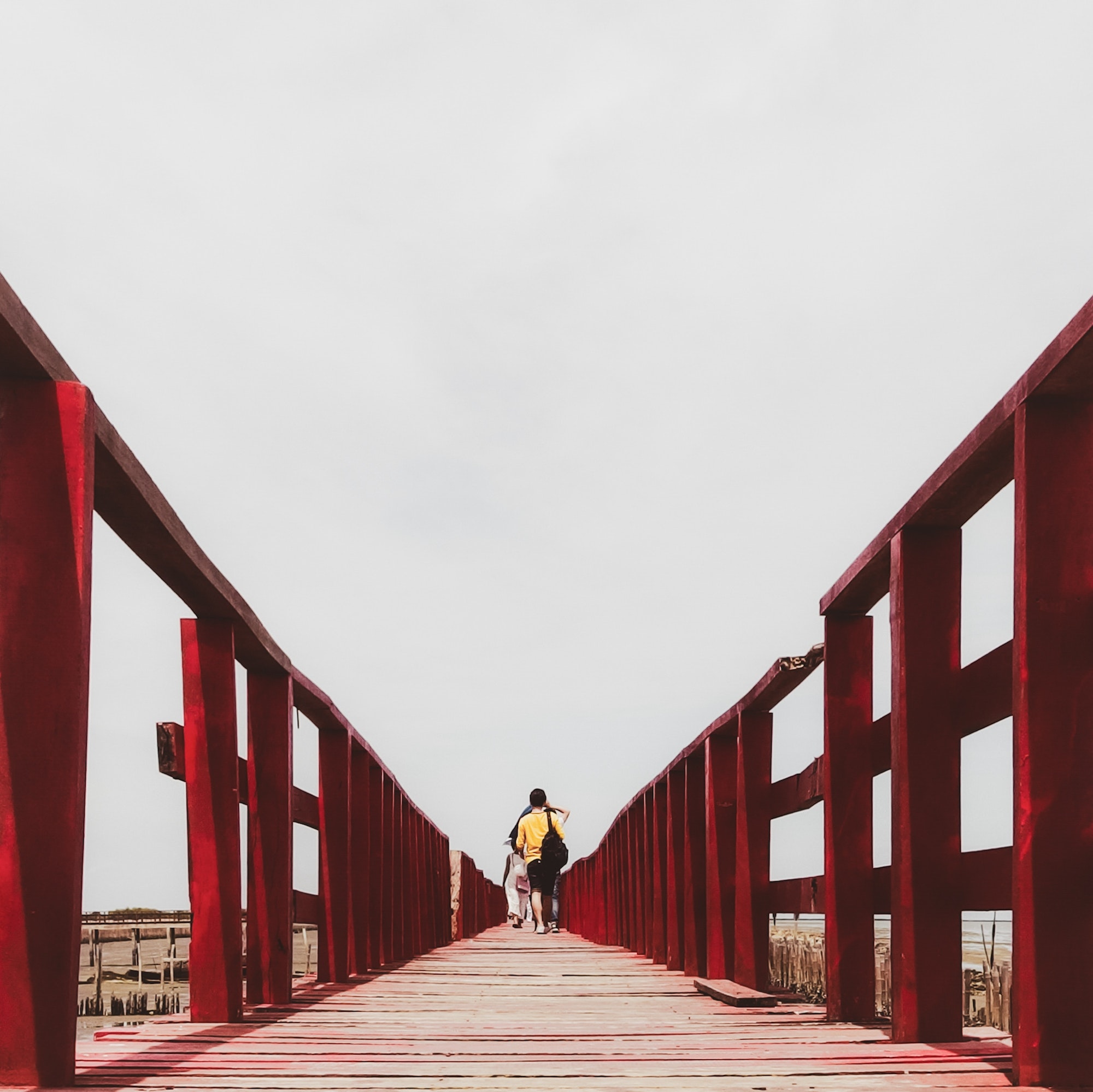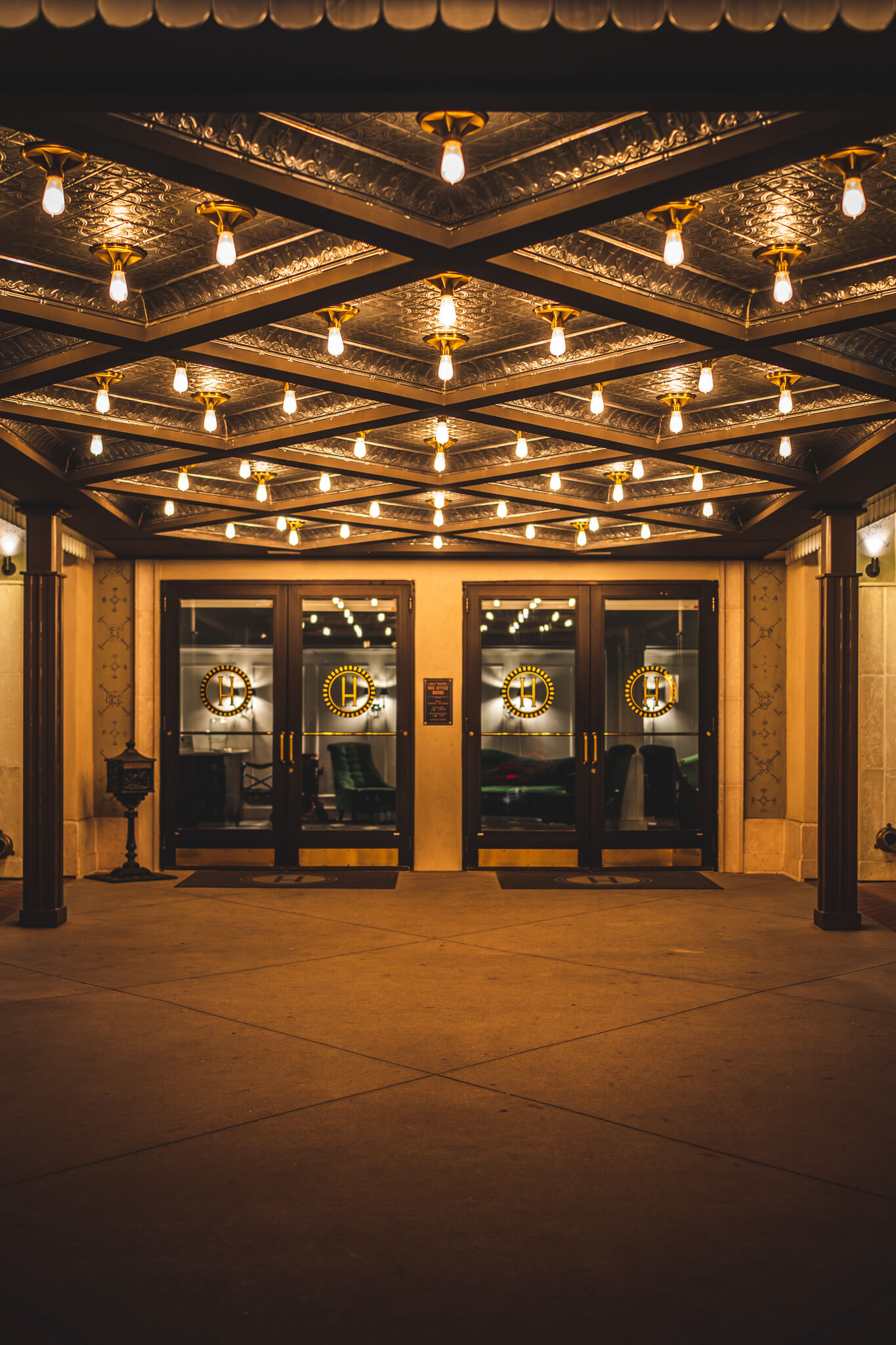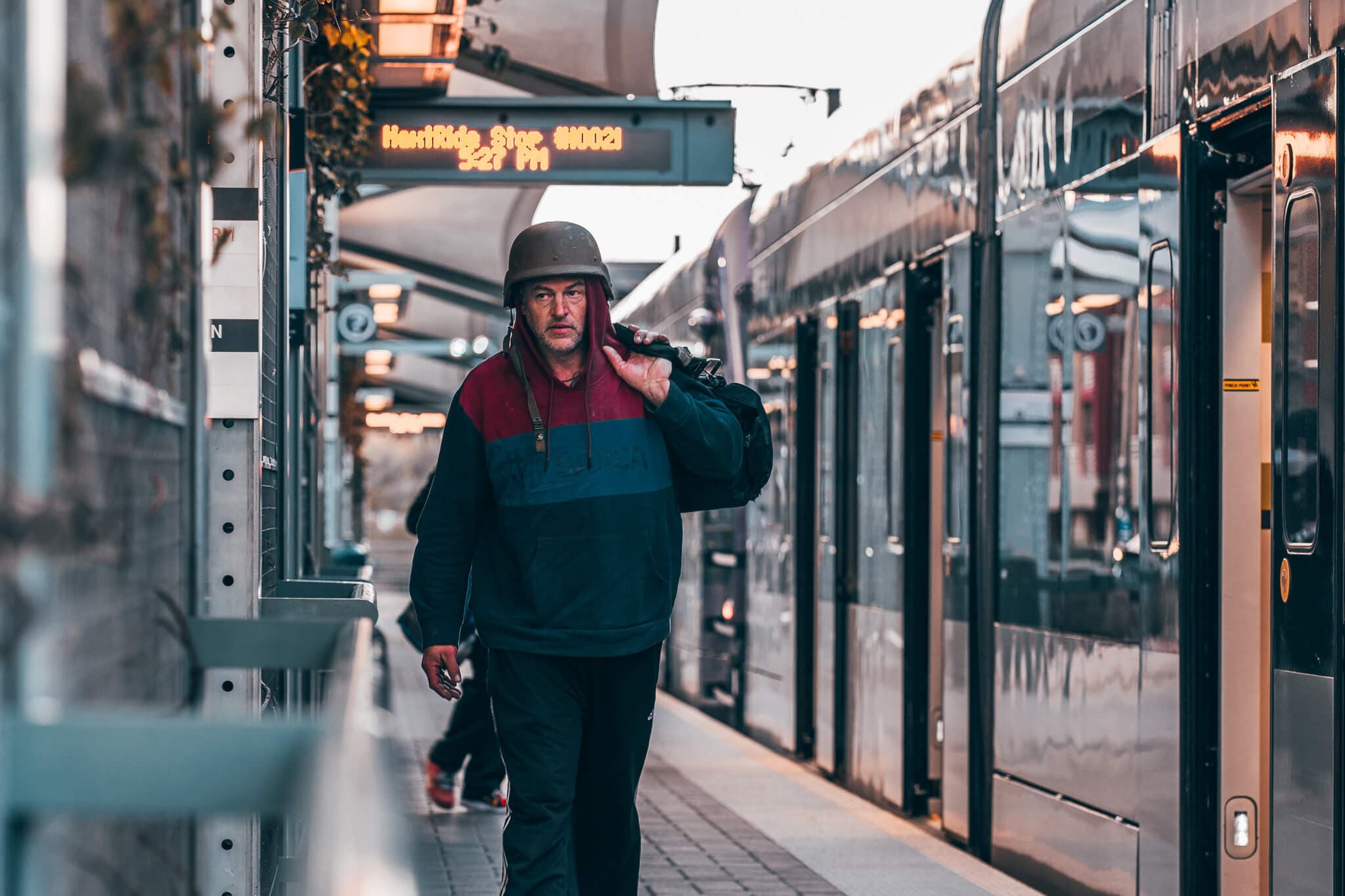
The Art of Street Photography Storytelling: Techniques for Capturing Compelling Narratives
Street photography is a fascinating and ever-evolving genre that offers endless opportunities for creative expression and storytelling. As a passionate street photographer, I have spent countless hours roaming the streets, observing the world around me, and seeking out compelling narratives that resonate with viewers. In this blog post, I will share my experiences and lessons learned, offering guidance on how to master the art of street photography storytelling using a conversational, informative, and personal writing style.
Developing a Storyteller's Mindset
To capture compelling narratives in street photography, it's essential to develop a storyteller's mindset. This involves training your eye to recognize the potential for stories in everyday scenes and cultivating the patience and anticipation required to capture those decisive moments.
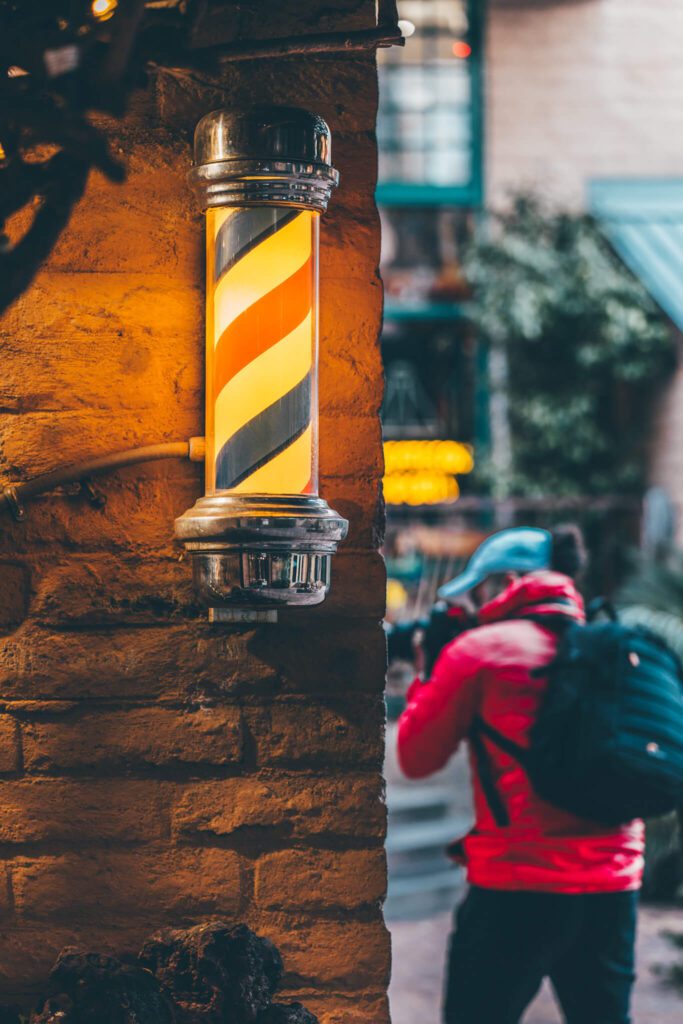
Observing and Absorbing
Begin by spending time observing the world around you, paying attention to the people, places, and interactions that make up the fabric of daily life. Look for patterns, connections, and moments of emotion that reveal a deeper narrative beneath the surface.
Anticipation and Patience
The ability to anticipate moments and exercise patience is critical in street photography storytelling. This may involve waiting for the perfect subject to enter the frame or for a decisive moment to unfold. By practicing anticipation and patience, you increase your chances of capturing those fleeting moments that encapsulate a powerful narrative.
Mastering the Elements of Storytelling in Street Photography
Compelling street photography narratives often rely on a combination of visual and thematic elements that work together to create a sense of story. By understanding and applying these elements in your photography, you can enhance the storytelling potential of your images.
Characters
Characters are the heart of any story, and street photography is no exception. Look for individuals who convey a sense of personality, emotion, or intrigue through their appearance, expressions, or body language. By focusing on strong characters, you can create images that invite viewers to imagine the stories behind the people you capture.
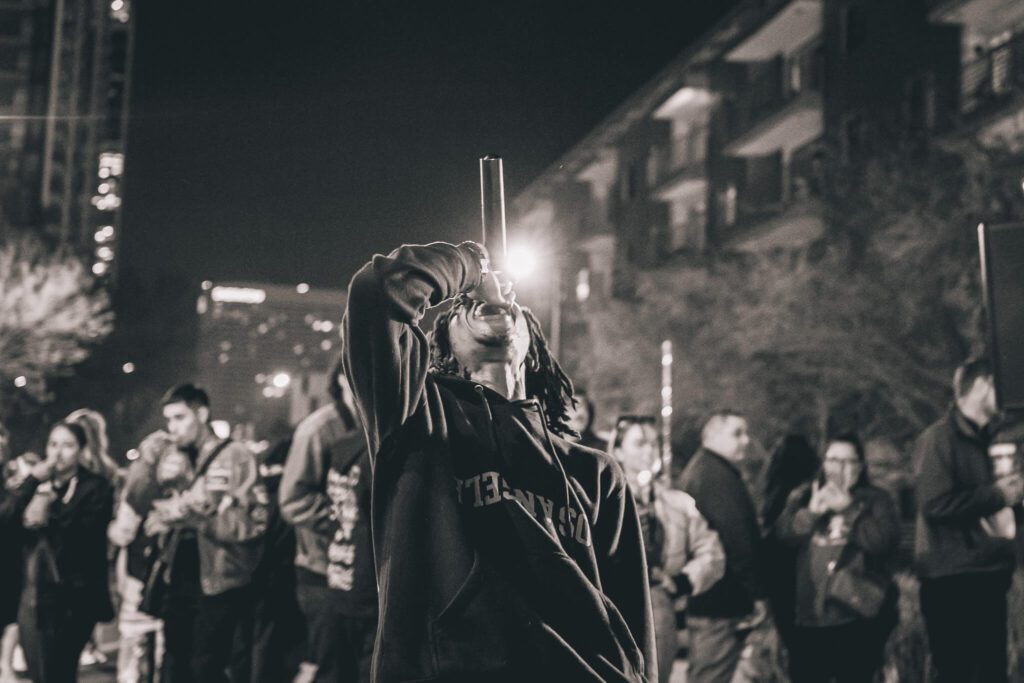
Setting
The setting provides the context and environment for your street photography narratives. Look for locations that offer interesting visual backdrops or convey a sense of atmosphere, mood, or history. By carefully considering the setting, you can create images that tell a more complete and engaging story.
Conflict
Conflict, whether internal or external, can be a powerful driver of narrative in street photography. Look for moments of tension, struggle, or contrast that reveal the challenges and complexities of human experience. By incorporating conflict into your images, you can create a sense of drama and emotional resonance that draws viewers into the story.
Resolution
While not every street photograph will have a clear resolution, the suggestion of an outcome or the resolution of a conflict can add depth and meaning to your images. Look for moments that hint at a resolution or suggest the possibility of change or transformation, inviting viewers to imagine how the story might unfold.
Composition and Visual Design Techniques for Storytelling
The way you compose and frame your street photographs plays a crucial role in conveying your intended narrative. By employing composition and visual design techniques, you can guide the viewer's eye through the image and create a sense of balance, harmony, and cohesion.
Leading Lines and Diagonals
Leading lines and diagonals can help to direct the viewer's eye through the image and draw attention to key elements of your story. Look for natural lines within the environment, such as roads, paths, or architectural elements, and use them to guide the viewer towards your subject or focal point.
Rule of Thirds
The rule of thirds is a fundamental composition principle that can help to create a sense of balance and visual interest in your street photographs. By placing key elements of your story along the intersections of the imaginary grid lines dividing your frame into thirds, you can create a more harmonious and engaging composition.
Layering and Depth
Incorporating layers and depth into your street photography can help to create a sense of dimensionality and context, further enhancing the storytelling potential of your images. Look for opportunities to frame your subjects within their environment, using foreground, midground, and background elements to build a more complex and visually rich narrative.
Framing and Negative Space
Framing your subjects using natural elements in the environment, such as doorways, windows, or arches, can help to draw the viewer's attention to your main subject and create a sense of visual hierarchy. Similarly, using negative space effectively can help to create a sense of balance and focus, allowing your main subject or narrative elements to stand out within the frame.
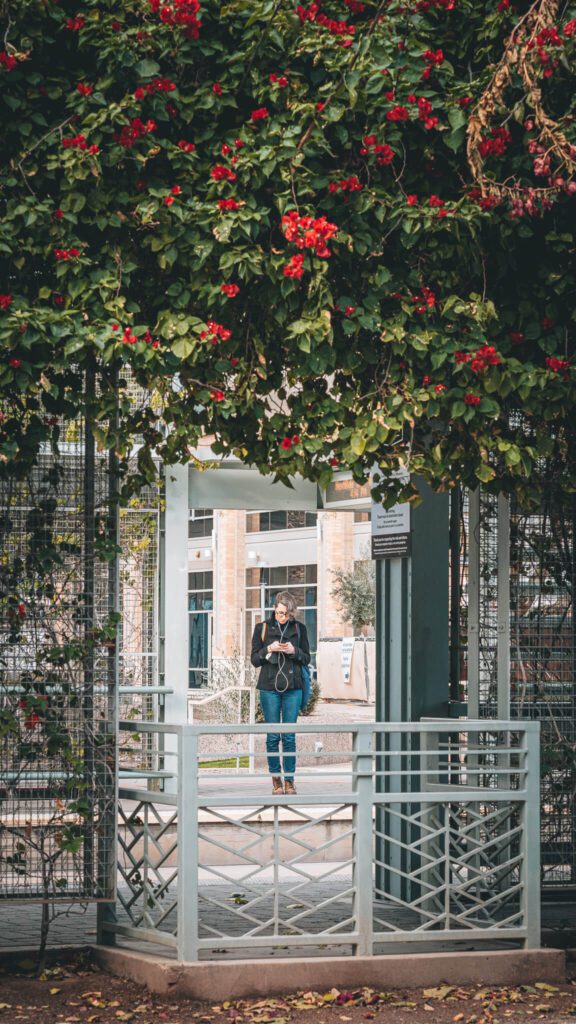
Developing a Personal Style and Vision
As you grow and evolve as a street photographer, it's essential to develop a personal style and vision that reflects your unique perspective on the world. By honing your individual aesthetic and approach to storytelling, you can create images that stand out from the crowd and resonate with viewers on a deeper level.
Experimentation and Exploration
Allow yourself the freedom to experiment and explore different techniques, subjects, and locations in your street photography. This process of trial and error will help you discover your strengths, interests, and personal preferences, ultimately guiding the development of your unique style and vision.
Consistency and Cohesion
While experimentation is crucial for growth, it's also essential to strive for consistency and cohesion in your work. This may involve refining your editing style, focusing on specific themes or subjects, or committing to a particular approach to storytelling. By creating a consistent and cohesive body of work, you can establish a stronger visual identity as a street photographer and enhance the overall impact of your narratives.
Learning from the Masters of Street Photography Storytelling
One of the most effective ways to improve your storytelling skills in street photography is to study the work of renowned photographers who have excelled in this genre. Some notable masters of street photography storytelling include Henri Cartier-Bresson, Vivian Maier, and Alex Webb. By analyzing their images, you can gain valuable insights into the techniques and approaches they used to capture compelling narratives and apply those lessons to your own work.
To Recap
Mastering the art of street photography storytelling involves cultivating a storyteller's mindset, understanding the elements of narrative, employing composition and visual design techniques, developing a personal style and vision, and learning from the masters. By embracing these principles and integrating them into your creative process, you can capture compelling narratives that captivate viewers and leave a lasting impression. As you continue to explore the world of street photography, remember to stay open to the countless stories unfolding around you and strive to capture the essence of those narratives in your images.
